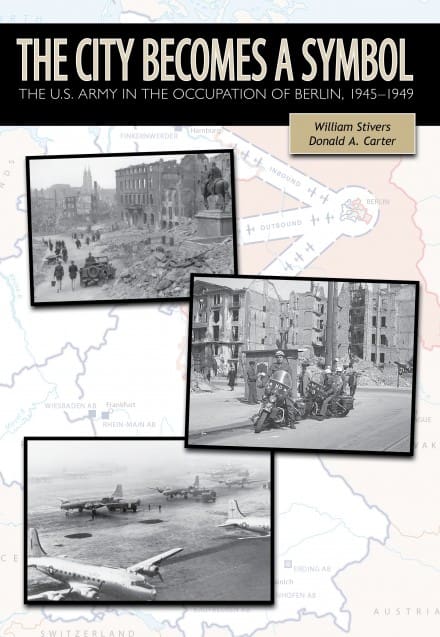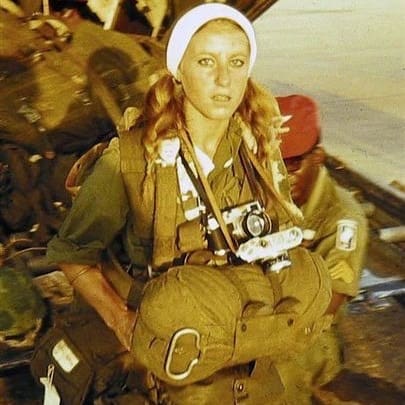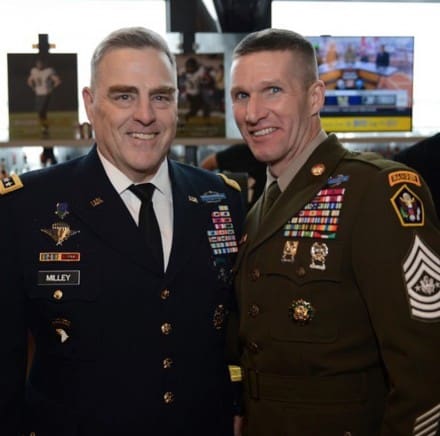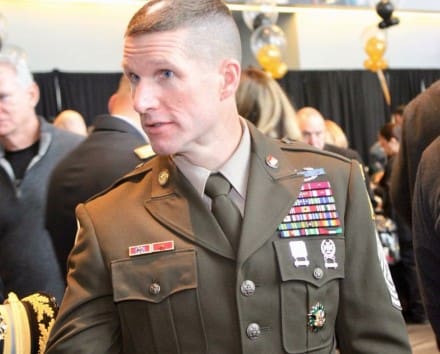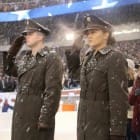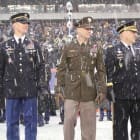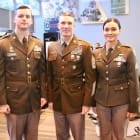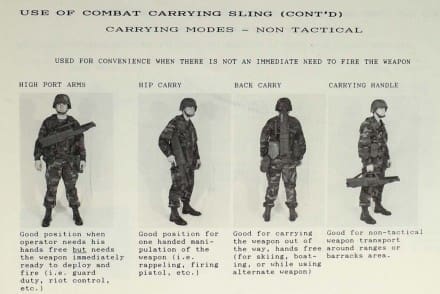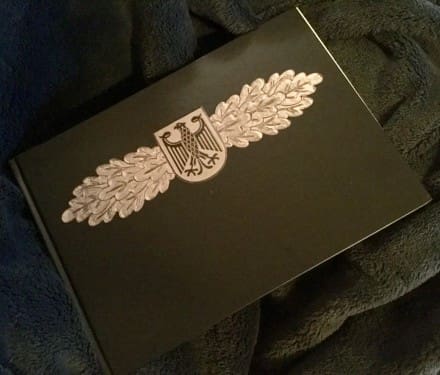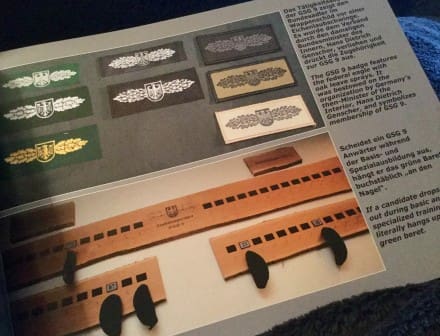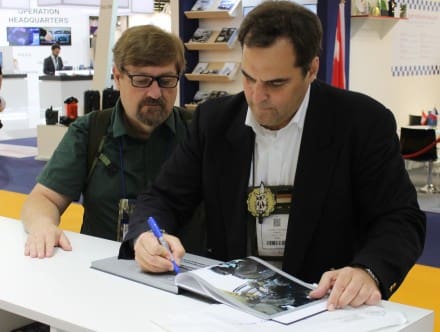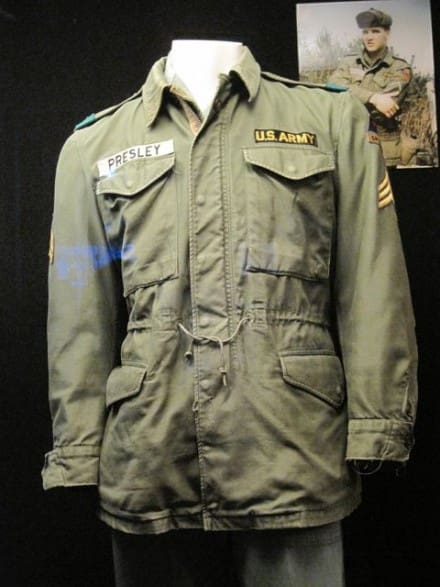WASHINGTON — The U.S. Army Center of Military History (CMH) has released a new Cold War era book: The City Becomes a Symbol: The U.S. Army in the Occupation of Berlin, 1945-1949.
The latest addition in the U.S. Army Cold War series, this new book by William Stivers and Donald A. Carter begins in July 1945 during the opening days of the occupation of Berlin by the Allied powers. The four nations negotiated on all aspects of postwar life in the city, including troop placements, headquarters locations, food distribution and the question of which Berliners could serve in governing the city.
During the initial years of the occupation, differences emerged over policies and goals that led to the Soviets cutting off road and rail access to the city. With no other options, U.S. and British forces had to supply their sectors of the city by air. In addition to meeting the basic needs of the residents in their sectors, the Western allies worked to win the loyalties of the citizens and to convince political leaders to resist the spread of Soviet communism. These first four years of occupation set the stage for a decades-long face-off with the Soviets in Germany.
This book is 329 pages and contains six maps, forty illustrations and an index. It will be issued as CMH Pub 45-4 (cloth) and 45-4-1 (paper), and is available for purchase by the general public from the U.S. Government Publishing Office.
To order the book, go to bookstore.gpo.gov/products/city-becomes-symbol-us-army-occupation-berlin-1945-1949.
To see other books about the history of the U.S. Army in the Cold War please visit history.army.mil/html/bookshelves/collect/cold-war-series.


